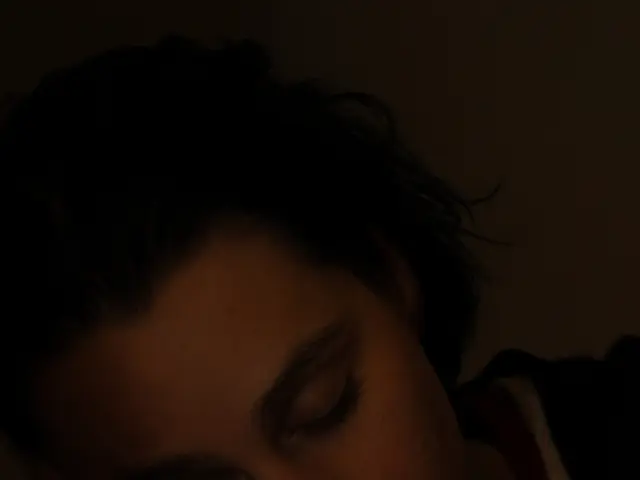High-Frequency Chest Wall Oscillator Device for Cystic Fibrosis Treatment
Cystic fibrosis is a chronic respiratory condition that affects many individuals worldwide. One of the primary challenges for those living with this disease is the build-up of mucus in the airways, which can lead to respiratory infections and other complications. To address this issue, various airway clearance techniques (ACTs) are employed, with cystic fibrosis vest therapy being one of the most common.
Cystic fibrosis vest therapy, also known as high-frequency chest wall oscillation, is a popular treatment that aims to clear up the airway walls from mucus and lead it to the large airways. The therapy involves wearing a device similar to a vest that provides a high-frequency vibration. The generator inflates and deflates the vest about 20 times per second, creating pressure on the chest similar to a percussion movement. This vibration helps loosen mucus in the airways, making it easier to be expelled.
Cincinnati Children's Hospital recommends vest therapy twice per day, once in the morning and once in the evening. However, it's essential to note that vest therapy should not be the only airway clearance technique for people with cystic fibrosis.
Besides vest therapy, several other ACTs are used to help mobilize and clear mucus from the lungs. One such technique is the Forced Expiratory Technique (FET) or huffing. This involves controlled breathing with a deep inhalation, brief breath-hold, then a forceful exhalation through an open mouth without excessive strain. This method helps move mucus from smaller airways toward the upper airway for easier clearance.
Chest physiotherapy (CPT) is another traditional and widely used technique. It includes manual percussion and postural drainage, where a therapist or caregiver claps on the chest and positions the patient to help loosen mucus.
Oscillating devices like flutter or AirPhysio are also used. These devices provide vibrations or a "flutter effect" that help break up mucus and improve lung conditioning by encouraging deep breathing and airway clearance.
Inhaled medications like mucolytics combined with ACTs can enhance mucus clearance and reduce breathlessness. Bronchodilators are often combined with intensified airway clearance methods, especially during acute exacerbations, to open airways and aid mucus transport.
Regular exercise is another crucial element in cystic fibrosis care, as it helps improve lung function and assist mucus clearance when combined with other techniques.
The best choice of airway clearance technique often depends on the individual’s condition, lifestyle, and comfort, as effectiveness varies from person to person. Doctors and physical therapists can recommend a combination of various different ACTs based on the personal requirements of each individual.
It's essential to remember that while these ACTs can significantly improve the quality of life for those living with cystic fibrosis, they should be used under the guidance of healthcare professionals. Vest therapy, for example, may not be suitable for people with rib fractures, vertebral fractures, osteoporosis, increased susceptibility to bleeding, elevated intracranial pressure, or those who have recently coughed up blood.
In conclusion, a combination of airway clearance techniques, including vest therapy, forced expiratory technique (huffing), chest physiotherapy, oscillating devices like flutter or AirPhysio, inhaled mucolytics combined with ACTs, bronchodilators, and regular exercise, play a vital role in managing cystic fibrosis and improving the lives of those affected by this condition.
- Cystic fibrosis, a chronic respiratory condition, requires constant management, as the build-up of mucus in the airways can lead to infections and complications.
- Cystic fibrosis vest therapy, a popular treatment, employs a high-frequency vibration to clear mucus from the airway walls and aid expulsion.
- Beyond vest therapy, Forced Expiratory Technique (FET) or huffing, chest physiotherapy, oscillating devices, inhaled medications, and regular exercise are also used to mobilize and clear mucus from the lungs.
- Inhaled mucolytics combined with airway clearance techniques can enhance mucus clearance and reduce breathlessness in individuals with cystic fibrosis.
- Bronchodilators are often combined with intensified airway clearance methods to open airways and aid mucus transport, particularly during acute exacerbations.
- Regular exercise is important in cystic fibrosis care, as it improves lung function and assists mucus clearance when combined with other techniques.
- The choice of airway clearance technique varies depending on the individual’s condition, lifestyle, and comfort, and healthcare professionals should guide its use.
- It's imperative to remember that while these therapies and treatments can significantly improve the quality of life for those living with cystic fibrosis, they should be used responsibly considering the individual's medical history and current condition.




